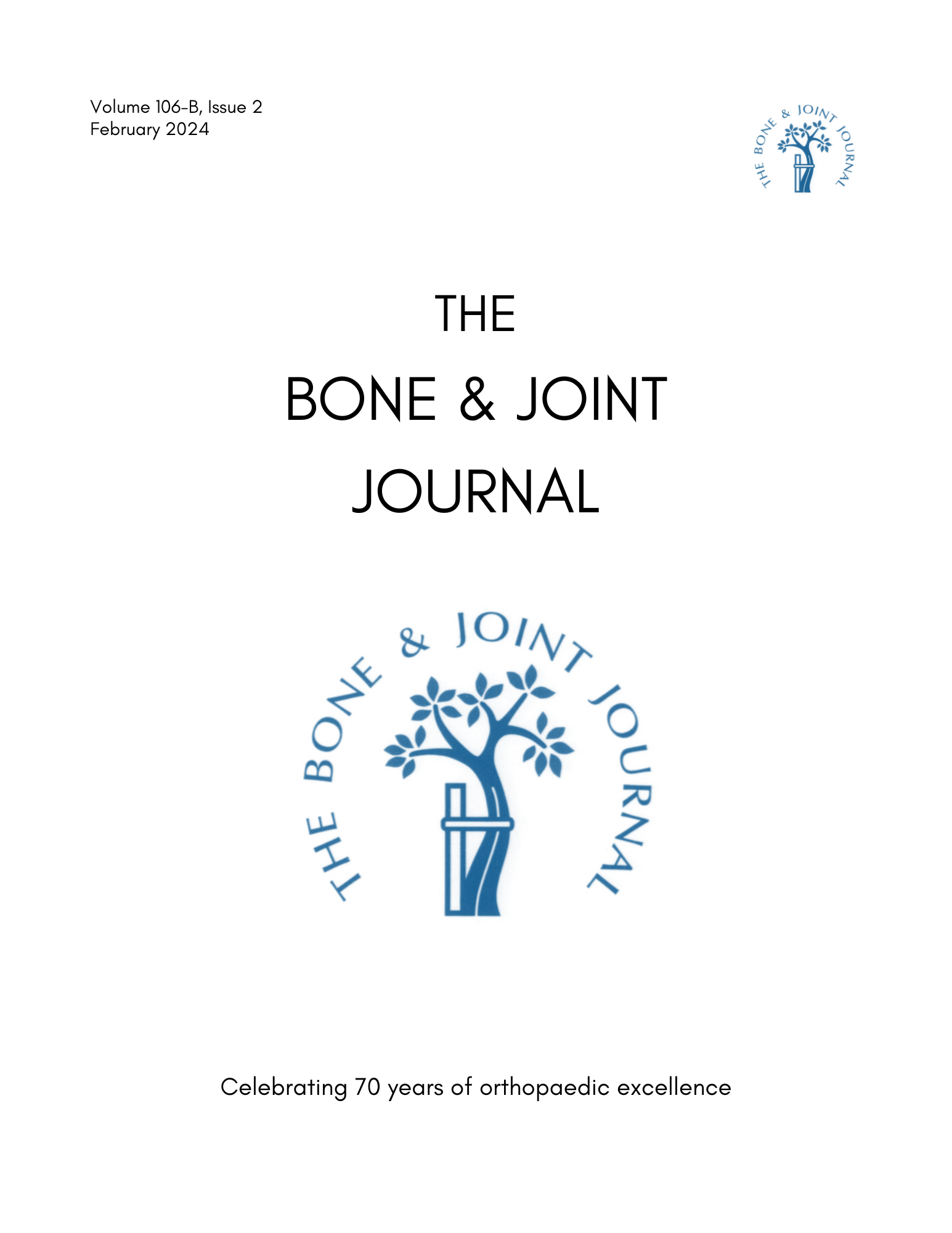
Favourable 5-year clinical outcomes with suture button vs. syndesmotic screw for syndesmosis injury

Favourable 5-year clinical outcomes with suture button vs. syndesmotic screw for syndesmosis injury
Better outcome for suture button compared with single syndesmotic screw for syndesmosis injury: five-year results of a randomized controlled trial.
Bone Joint J. 2020 Feb;102-B(2):212-219.Did you know you're eligible to earn 0.5 CME credits for reading this report? Click Here
Synopsis
Ninety-seven patients with acute syndesmotic injuries (with or without ankle fracture) were randomized to receive surgical treatment with a suture button or a syndesmotic screw. The primary outcome of interest was the American Orthopaedic Foot and Ankle Society Hindfoot (AOFASh) score. Secondary outcomes of interest included the Olerud Molander Ankle Score (OMAS), EQ-5D, EQ-5D Visual Analog Scale ...
To view the full content, login to your account,
or start your 30-day FREE Trial today.
FREE TRIAL
LOGIN
Forgot Password?
Explore some of our unlocked ACE Reports below!

Learn about our AI Driven
High Impact Search Feature
Our AI driven High Impact metric calculates the impact an article will have by considering both the publishing journal and the content of the article itself. Built using the latest advances in natural language processing, OE High Impact predicts an article’s future number of citations better than impact factor alone.
Continue



 LOGIN
LOGIN

Join the Conversation
Please Login or Join to leave comments.